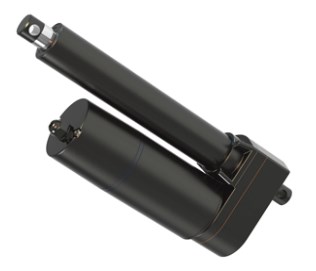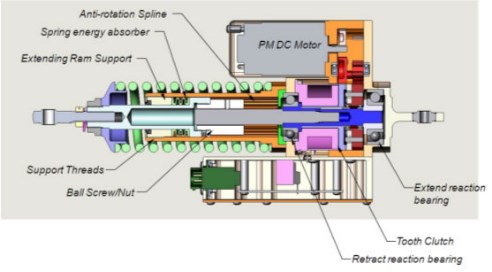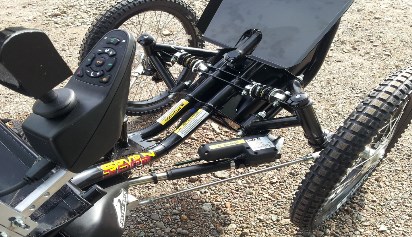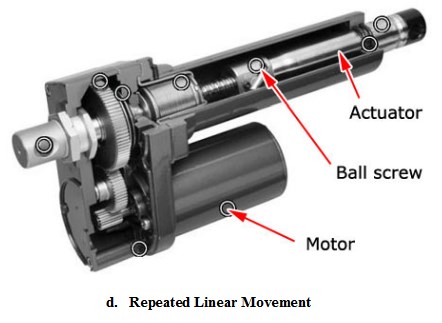Additionally, power source control is much easier when using electric linear actuators while it also provides accurate control of position, speed and acceleration. Multiple axis can as well be organized for coordinated motions using the electric linear actuators. It is also possible to reprogram the linear actuators in order to undertake several functions. Furthermore, the linear actuators can locate the weights at changeable and unfixed positions in the full stroke. Actuators have enabled moving parts in industrial setting and daily uses attain progressive automation.

Uses of Electric Linear Actuators
The possible application alternatives can be featured through the following most common uses of the electric linear actuators.
a. Acceleration Controlled Movement
The electric linear actuators are applied to manage the acceleration rate by harmonizing it. Since through use of electric linear actuators speed, torque and position can be precisely controlled, the actuator can be made to slow down or speed up as rapidly and as repeatedly as it may be needed. This makes actuators an important component where such movements keeps on changes and can be controlled automatically.

b. Adaptable Movement
Another significant use of the electric linear actuators is the linear movement that adjusts or adapts and is regularly termed as adaptable movement. The electric linear actuators can be used to control and enhance adaptable motion whenever there are changes in the positions, nature of the movement or load which necessitates the harmonization of movements with other functions of the machine. For instance, linear actuators have been applied largely in modern electric wheel chairs thus improving the movement and making physically disabled persons more independent.

c. Controlled Precision Movement
Motion that is accurately controlled is yet another use of the electric linear actuators. The preciseness of motion is normally beyond the real individual’s capacities without showing human error. Position can be controlled with immense precision levels, reproduce and replicate precise motions in the full stroke using the electric linear actuators and also reconfigure or reprogram accurate movements to maintain numerous functions.

d. Repeated Linear Movement
The way out on the choice for repetitively moving a weight or a number of loads to a steady position or locations in a constant manner is through the use of electric linear actuators. Occasionally, repeated linear movement requires organizing axes to enable moves that are well synchronized. The paramount solution for repeating motions constantly and endlessly, in addition to managing a number of movements concurrently, is the electric linear actuators. The rationale for electric linear actuators use as the ideal choice for translating rotary motion into linear motion is because they are accompanied by many advantages. Their benefits make them to be the most widely used in places where there is a need to control the linear motion of a system. In future, linear actuators will continue to find a wider range of application.